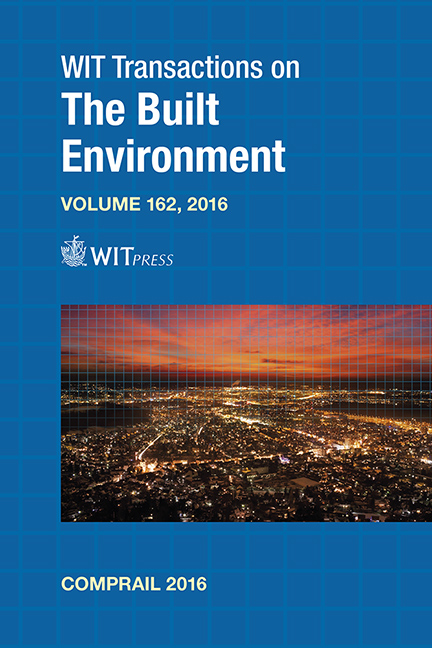Operational Temporary Speed Reductions On The ETCS-DMI
Price
Free (open access)
Transaction
Volume
162
Pages
9
Page Range
123 - 131
Published
2016
Size
485 kb
Paper DOI
10.2495/CR160121
Copyright
WIT Press
Author(s)
D. Emery
Abstract
Dealing with a congested railway area becomes an important topic in railway operation management. Significant efforts are made to develop a Driver Advisory System (DAS) in connection with the trackside Train Management System (TMS). Many advantages are expected from smoothing train dynamic speed profiles: timetable resilience, significant reduction of both the energy consumption and the wear and tear and, finally, positive impacts on the comfort for passengers. Today, on the one hand, only a few Centrally Guided Train Operation Systems (CGTO) are already in operation on European major railways. On the other hand, the European Train Control System (ETCS) spreads rapidly. Such combination offers a great opportunity to promote a European standard CGTO system using the ETCS-DMI opportunities.
The present paper describes many options using either the “Monitoring” area, or the “Supplementary Driving Info” area, or the “Planning” area, or the “Speed Info” area; or a combination of them on the ETCS Diver Machine Interface (DMI). Some of them give only advices or guidance but some of them indicate operational temporary speed reductions (O_TSR) that are mandatory.
Historical research, current experiments, and dispatching concepts in bottlenecks areas militate in favour of the compulsory character of temporary speed limits due to congestion. Therefore, the last option presented here should be more examined more in depth.
Keywords
ETCS, DMI, DAS, CGTO, speed guidance, operational TSRs





